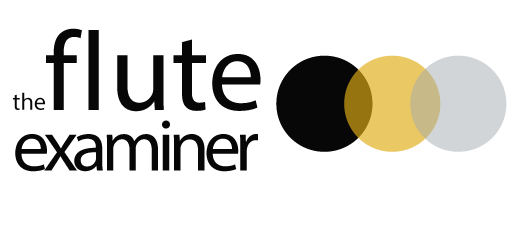Non-sleep deep rest (NSDR) is a technique that I use and teach my students to use when the nervous system needs a reset. It can help with reducing anxiety and creating a sense of calm before performances and also helps improve focus if done in the middle of a practice session.
Dr. Andrew Huberman, a neuroscientist and ophthalmologist at Stanford University, coined “non-sleep deep rest” as the term for mindfulness practices that lead to a state of deep relaxation without falling asleep completely. These relaxation techniques use the body to affect the mind: rather than trying to think your way into feeling relaxed, you lean into a state of physical relaxation that your nervous system then matches.
Here is a link to Dr. Huberman’s 10-minute NSDR protocol: https://www.youtube.com/watch?v=AKGrmY8OSHM.
NSDR can be done anywhere, but I prefer to have my students lying down on the floor on their backs, with knees bend and feet flat on the floor. Lips should be touching, but there should be a bit of space between teeth and no jaw clenching. The tip of tongue should be resting up where the top teeth hook into the roof of the mouth, and breathing should happen through the nose unless instructed otherwise.
The goal is get the mind away from conscious thought and bring the focus back into the body. On one of his podcasts, Dr. Huberman mentions that he does NSDR in his office if he didn’t sleep well but doesn’t have time for a full nap. I thought that was ridiculous, but then, one day, I was feeling particularly lethargic and exhausted after lunch and I tried it. I very quickly became a fan.
Many of my college students report that they like this practice better than some of the alternatives we do in class because they can follow along with guided prompts, and it eliminated the feeling of not knowing what they are supposed to be doing.
Give it a try and see if it works for you. I wrote another article called “Mastering Your Breathing During Performances” in the February 28, 2025 issue of Flute Examiner which presents two other breath work protocols which might be more effective for you personally. Everything works for somebody and nothing works for everybody!

